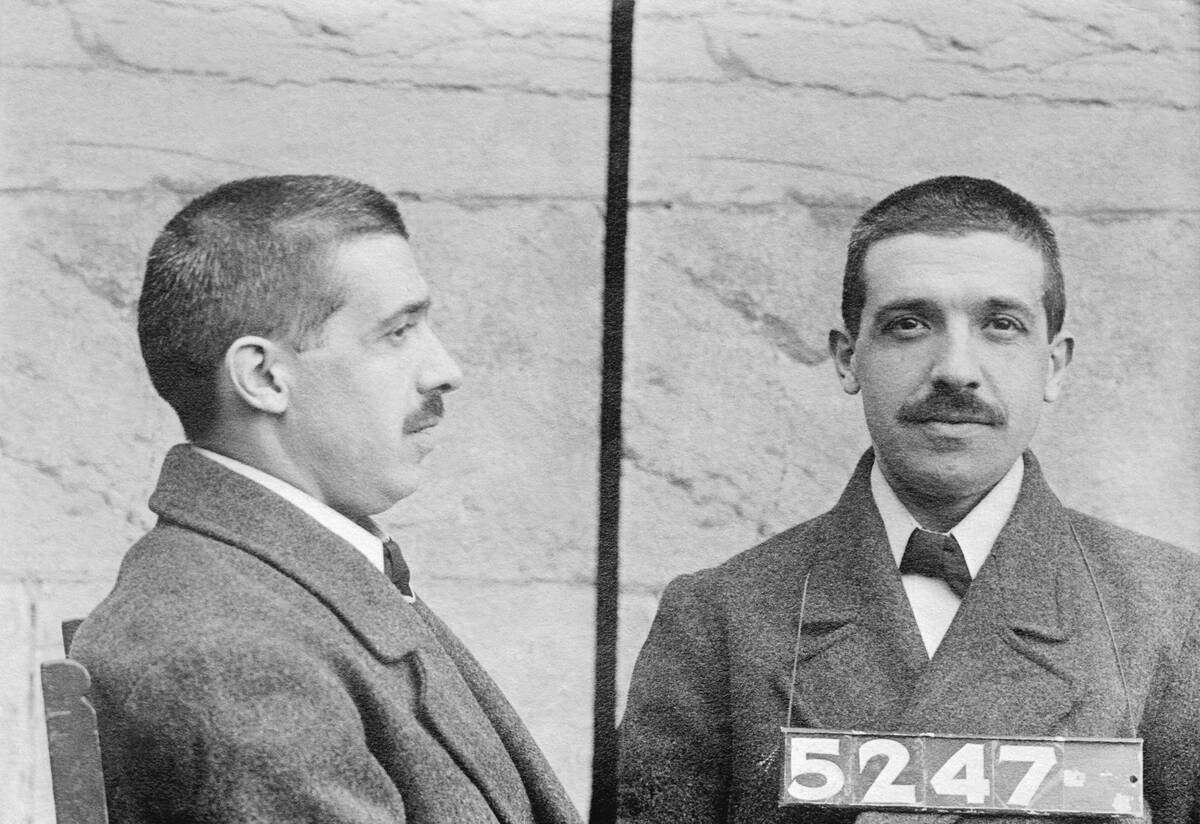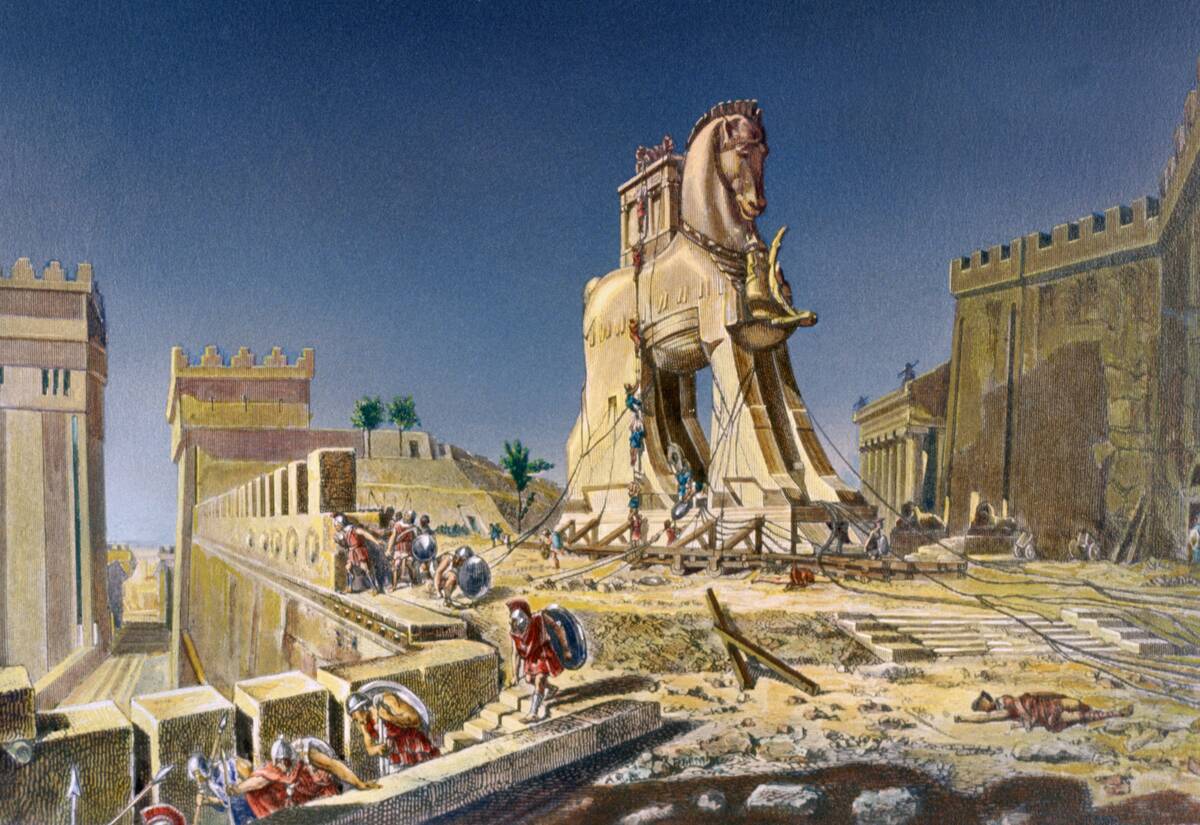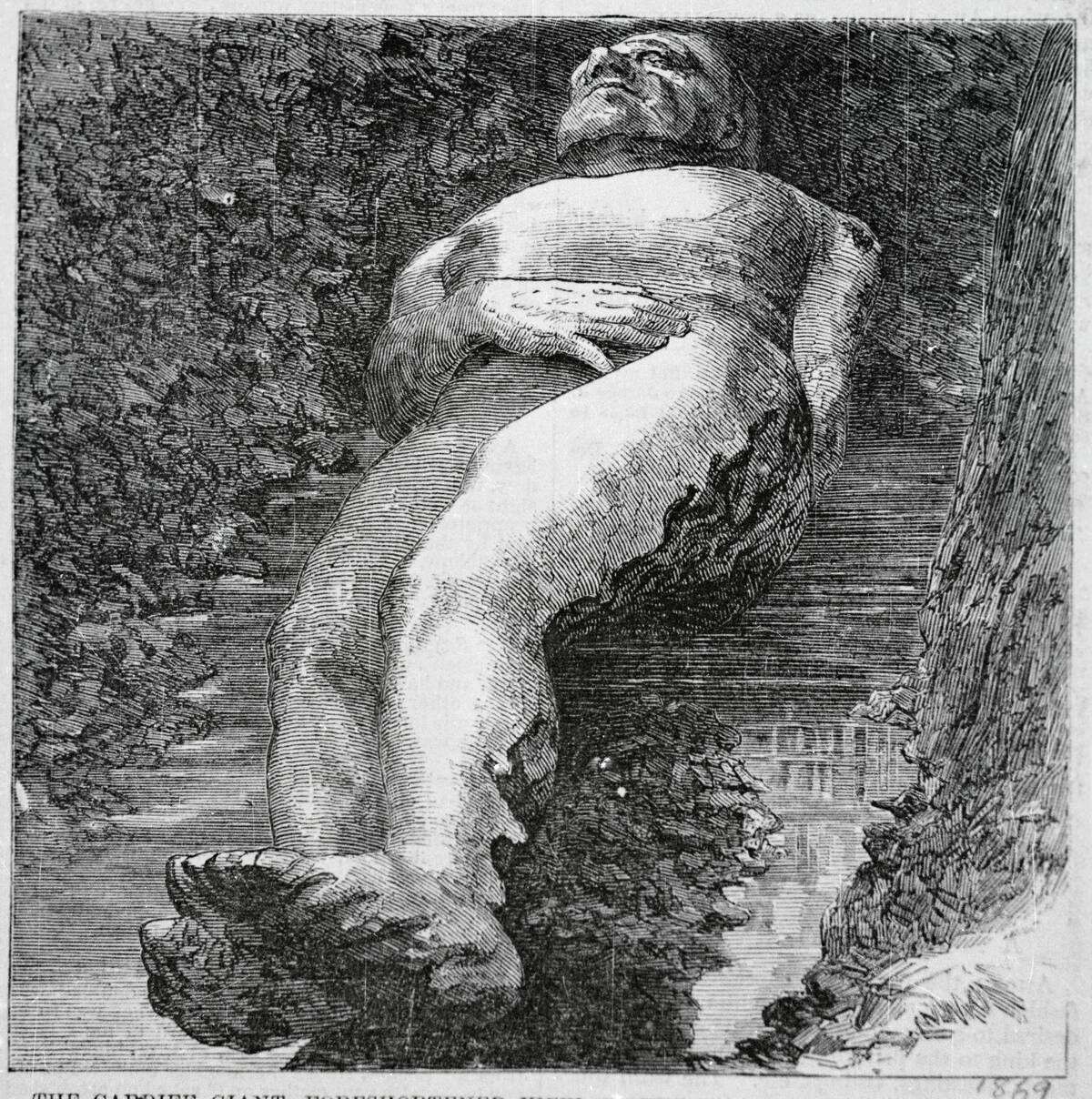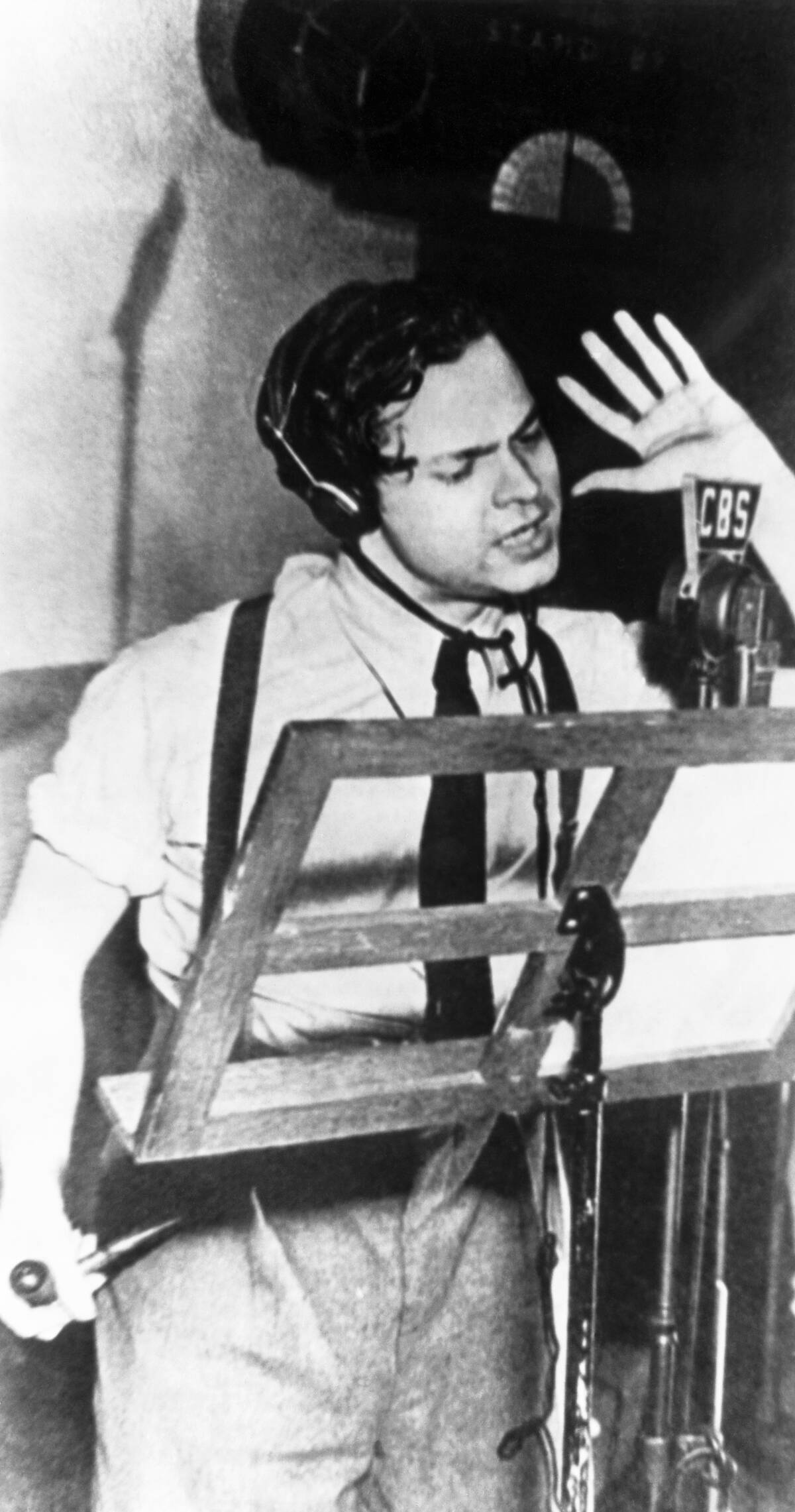The biggest scams in history that people actually fell for
Throughout history, scams have captivated the human imagination with their audacity and ingenuity. They offer a peculiar blend of horror and humor, often reflecting societal values and vulnerabilities.
From ancient deceptions to modern-day frauds, these stories remind us of the thin line between belief and skepticism. The allure of scams lies in their ability to exploit human curiosity and greed, leaving us both entertained and wary. Let’s dive into some of history’s most fascinating scams.
The South Sea Bubble: When Stocks Were Hot Air

The South Sea Bubble of 1720 was a financial frenzy that gripped Britain, promising untold riches through stock investments. The South Sea Company was granted a monopoly on trade in the South Seas, but the profits were as elusive as a mirage due to Spanish and Portuguese control over most of the relevant region.
Stock prices soared as speculation ran rampant, only to crash spectacularly, leaving many investors bankrupt. This event was a harsh lesson in the dangers of speculative bubbles and the power of mass hysteria.
The Infamous Ponzi Scheme: Charles Ponzi’s Legacy

Charles Ponzi’s name is synonymous with deceit, thanks to his infamous scheme in the early 20th century. Promising returns of 50% in 45 days, Ponzi lured in thousands, using new investors’ money to pay earlier ones. His scheme eventually unraveled, but not before leaving a lasting legacy.
The ‘Ponzi scheme’ now serves as a cautionary tale about investments that seem too good to be true. Ponzi’s audacity left a mark on financial history, teaching us to be wary of dazzling promises.
The Loch Ness Monster: A Mythical Creature’s Big Splash

The Loch Ness Monster has been a subject of fascination and skepticism for decades. Sightings of ‘Nessie’ in Scotland’s Loch Ness date back to the 6th century, but gained global attention in the 1930s.
Despite numerous expeditions and sonar tests, conclusive evidence remains elusive. The mystery of the Loch Ness Monster endures, drawing tourists and cryptozoologists alike. Whether you believe in Nessie or not, the legend adds an enchanting mystery to the Scottish Highlands.
The Trojan Horse: A Legendary Ruse

The tale of the Trojan Horse is one of cunning and strategy, immortalized in Greek mythology. During the Trojan War, the Greeks gifted a massive wooden horse to the city of Troy, hiding soldiers inside.
The Trojans, believing it a peace offering, brought it within their walls. Under the cover of night, Greek soldiers emerged, opening the gates for their army. The story of the Trojan Horse serves as a timeless warning about trusting appearances, though this famous aspect of the Trojan War likely didn’t actually take place.
The Cardiff Giant: America’s Greatest Hoax

In 1869, the Cardiff Giant was unearthed in Cardiff, New York, purportedly a petrified prehistoric man. In reality, it was a cleverly carved gypsum statue, created to baffle the public.
Despite being exposed as a hoax, the Giant attracted thousands of curious onlookers, eager to glimpse the ‘discovery.’ The Cardiff Giant highlights humanity’s penchant for sensationalism and the willingness to believe in the extraordinary, even when evidence points otherwise.
The War of the Worlds Broadcast: When Aliens Seemed To Invade

On Halloween night in 1938, Orson Welles’ radio adaptation of The War of the Worlds caused widespread panic. Presented as a series of news bulletins, many listeners believed Martians were truly invading Earth.
The broadcast demonstrated the power of media and the ease with which misinformation can spread. While the hysteria was short-lived, it showcased the potential for mass panic in the face of credible-sounding, yet fictional, information.
The Piltdown Man: The Fossil Fraud That Fooled Experts

The Piltdown Man was hailed as the missing link between apes and humans when it was discovered in 1912. For decades, it was considered a crucial piece of human evolution until it was revealed as a hoax in 1953.
The skull fragments were skillfully altered and planted to deceive, exploiting the biases and aspirations of the scientific community. The Piltdown Man serves as a cautionary tale about the importance of skepticism and rigorous scientific validation.
The Nigerian Prince Email: A Digital Era Deception

The ‘Nigerian Prince’ email scam is a quintessential example of internet-age fraud. Victims receive emails from a ‘prince’ seeking help to transfer millions, promising a hefty reward.
Despite the improbability, countless people fall for this scam, illustrating the power of greed and the allure of quick riches. The scam has evolved over time, but its core remains the same, a testament to the timeless nature of con artistry in the digital world.
The Fake Heiress: Anna Sorokin’s High-Society Scam

Anna Sorokin, posing as a wealthy heiress named Anna Delvey, infiltrated New York’s elite social circles. She lived lavishly, staying in luxury hotels and dining in upscale restaurants, all on borrowed money and deceit.
Her charm and audacity fooled many until her arrest in 2017. Sorokin’s story is a modern-day reminder of the power of perception and the ease with which appearances can be manipulated to gain access and privilege.
The Dreyfus Affair: A Case of Mistaken Identity

The Dreyfus Affair was a political scandal that rocked France in the late 19th century. Captain Alfred Dreyfus, a Jewish officer, was wrongfully convicted of treason, based on forged documents.
The case exposed deep-seated anti-Semitism and divided the nation, sparking debates on justice and prejudice. Dreyfus was eventually exonerated, but the affair left a lasting impact on French society and highlighted the dangers of bias and wrongful accusations.
The Taco Liberty Bell: Corporate April Fools’ Fun

In 1996, Taco Bell pulled off a legendary April Fools’ prank by announcing it had purchased the Liberty Bell to help reduce the national debt. The news caused an uproar until it was revealed as a joke.
The stunt was a marketing coup, drawing attention and laughter nationwide. The Taco Liberty Bell prank demonstrated the potential of humor in advertising and the fine line between clever marketing and public outrage.
The Crop Circles: Extraterrestrial Artistry or Human Handiwork?

Crop circles have puzzled and intrigued the public since they first appeared in English fields in the late 20th century. While some attribute these intricate patterns to extraterrestrial visitors, others point to human pranksters armed with planks and ropes.
Despite confessions from some creators, the mystery and artistry of crop circles continue to captivate. They remind us that sometimes the simplest explanations can deflate the most elaborate mysteries.



